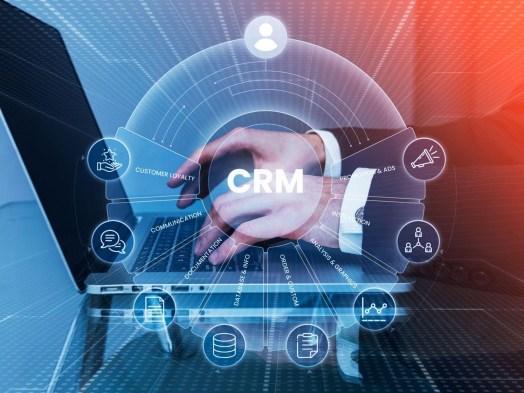How to Choose the Right AML Software for Banks?
Discover key factors for selecting the best AML software for banks. Learn how to protect your institution from fines and regulatory penalties with effective tools for compliance and risk management.
In the last decade, from 2013 to 2023, more than 16,000 entities have been penalized by regulatory bodies worldwide. Building business relationships with sanctioned people, non-compliance with AML laws, money laundering, Drug trafficking, and other financial fraud were the main causes of these fines and penalties.
Despite fines and penalties in a huge number, still more than 90% of money laundering crimes go undetected. Is it criminals’ cleverness or the AML software cannot detect these crimes in real-time?
Whatever the reason, advanced, accurate, and efficient AML software for banking sectors can detect every suspicious transaction in real-time. Therefore, selecting the right AML solution for banks is necessary.
Are there any protocols that every bank and financial institution must follow while choosing the AML compliance software for their organizations?
In this blog, we will highlight the most important features and elements FIs must check while choosing the AML monitoring software for the banking sector.
Understanding AML Software for the Banking Sector
Knowing who your customer is and monitoring every transaction in real-time has always been a top priority for banking sectors to make sure they are complying with the AML regulations. AML software for banks is a helping hand for financial institutions in detecting, monitoring, and combating money laundering and other financial crimes. incorporating automatics software also helps them maintain compliance, manage risk, and avoid any regulatory bodies and reputational damage.
5 Key Considerations to Guide You in Selecting the Right AML Compliance Software
For any business staying compliance is important. However, when it comes to the banking sectors, it becomes compulsory to implement the advanced AML solution for banks to make sure no suspicious transactions go undetected. Therefore, choosing the right AML tools is very much of important.
1. Comprehensive Functionality
Look for every possible functionality you are looking for or want to automate to mitigate the chances of financial crimes. the top features that every AML software must have include transaction monitoring, customer due diligence, sanction screening, case management, and reporting automatically to the relevant authorities.
Another feature that Banks must look for is the latest technology the tool uses like AI and ML to improve detection accuracy, can easily detect money laundering techniques, and is able to improve detection efficiency with zero false positive rates.
2. Customization and Scalability
As every business has unique challenges and business infrastructure so has the usage of AML software. So, make sure the AML software comes with a customizable solution and fits your institution’s specific needs. The needs of any business could be measured by your organization’s size, customer base, and how unique the risk profile is.
Ensure that the software is capable of accommodating growth in transaction volume, customer number, and continuous regulatory changes without any additional resources and costs for the institutions.
3. Ease of Integration
Ease of use, in other words, user user-friendly and the system that easily and smoothly integrates with your existing systems is what makes any AML software an efficient tool. it includes the core banking systems, payment gateways, and customer database to avoid any data loss to ensure that follows a unified compliance strategy.
Another thing the financial institutions must look for is to ensure that the AML software supports Application Programming Interfaces (APIs) and can handle various data formats. Because these features allow for efficient data exchange and interoperability.
4. User Experience and Support
Another major functionality banks should look for is that the software should be easy to use for compliance officers. Though compliance officers get training yet user friendly software minimizes the need for extensive training and reduces the risk of false positive and false negative errors. This will help financial institutions to Evaluate the level of customer support including the onboarding process, and ongoing technical support to ensure any issues are quickly resolved and do not make any hurdle in customer service.
5. Regulatory Compliance and Updates
Regulatory bodies have to update their compliance program due to the unique techniques used by criminals to launder money and provide assistance to terrorists. Therefore, while choosing the AML software for banks make sure the tool complies with all current local and international AML regulations and the provider updates their tool as per the AML requirements.
The software should also be able to provide you with robust auditing and reporting functionalities that meet the requirements of regulatory bodies.
Summing It UP
Understanding the unique requirements of your business is very important in finding the best and most efficient AML solutions. However, selecting the right tool could be difficult and time-consuming, what should a business do in such circumstances? Is there any recommendation? Though there are hundreds of tools that claim to provide updated and efficient AML solutions for banks, AML software for banks that not only monitors, detects, and reports suspicious transactions in real-time with zero false positive rates and reduces your compliance cost almost by half.





Leave a Reply